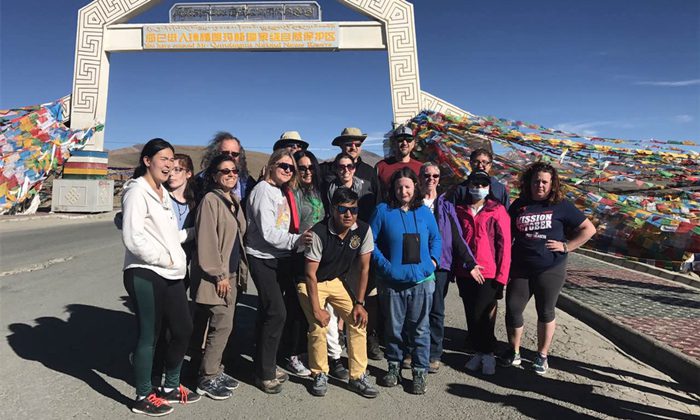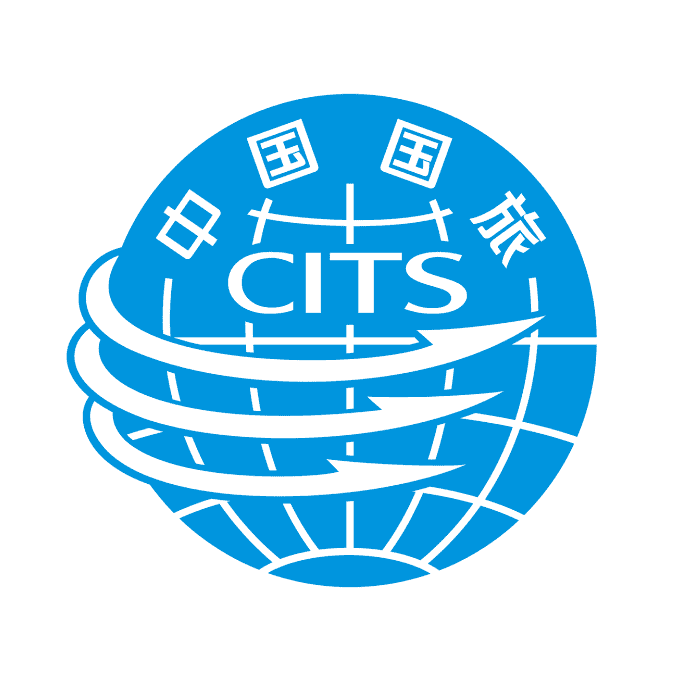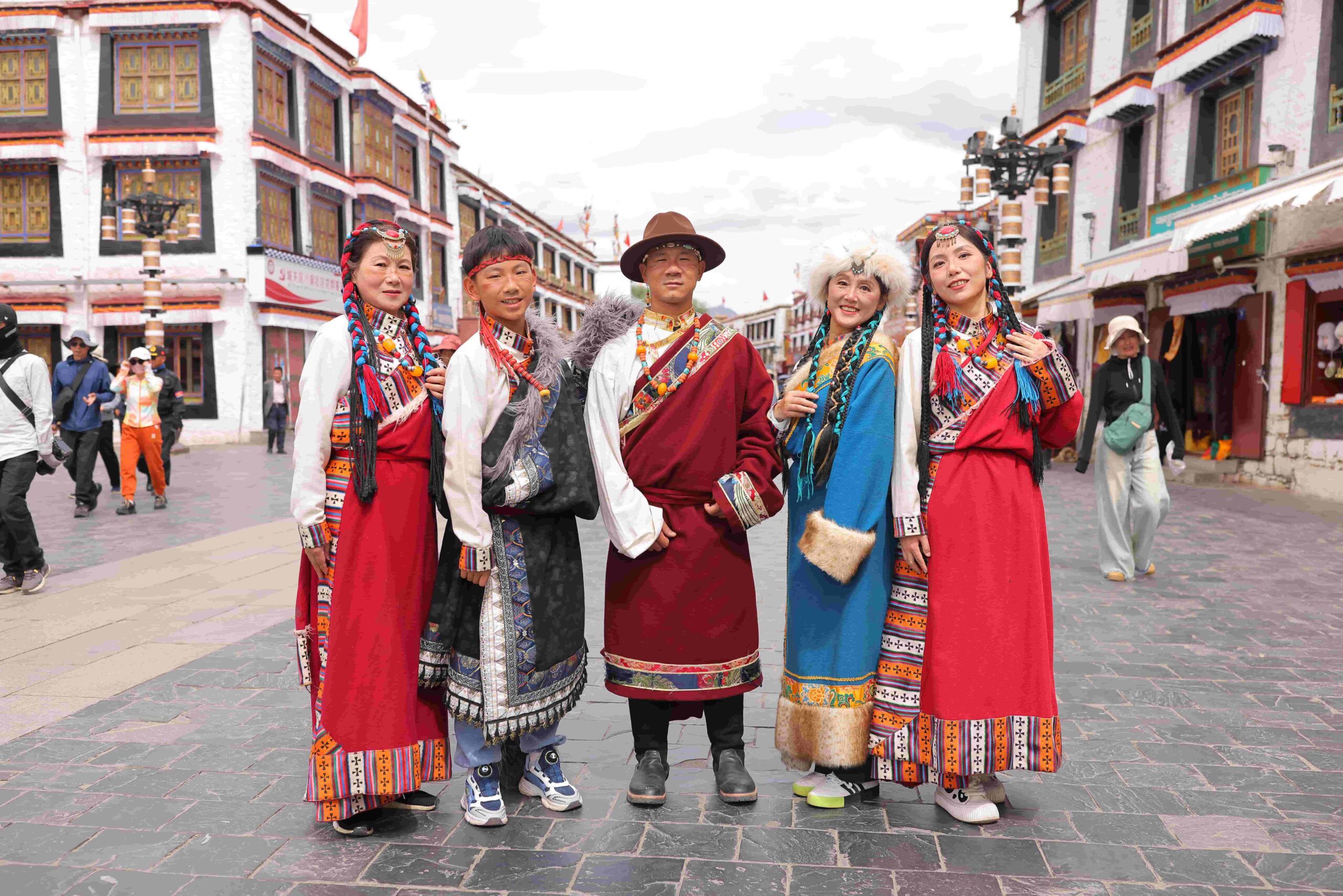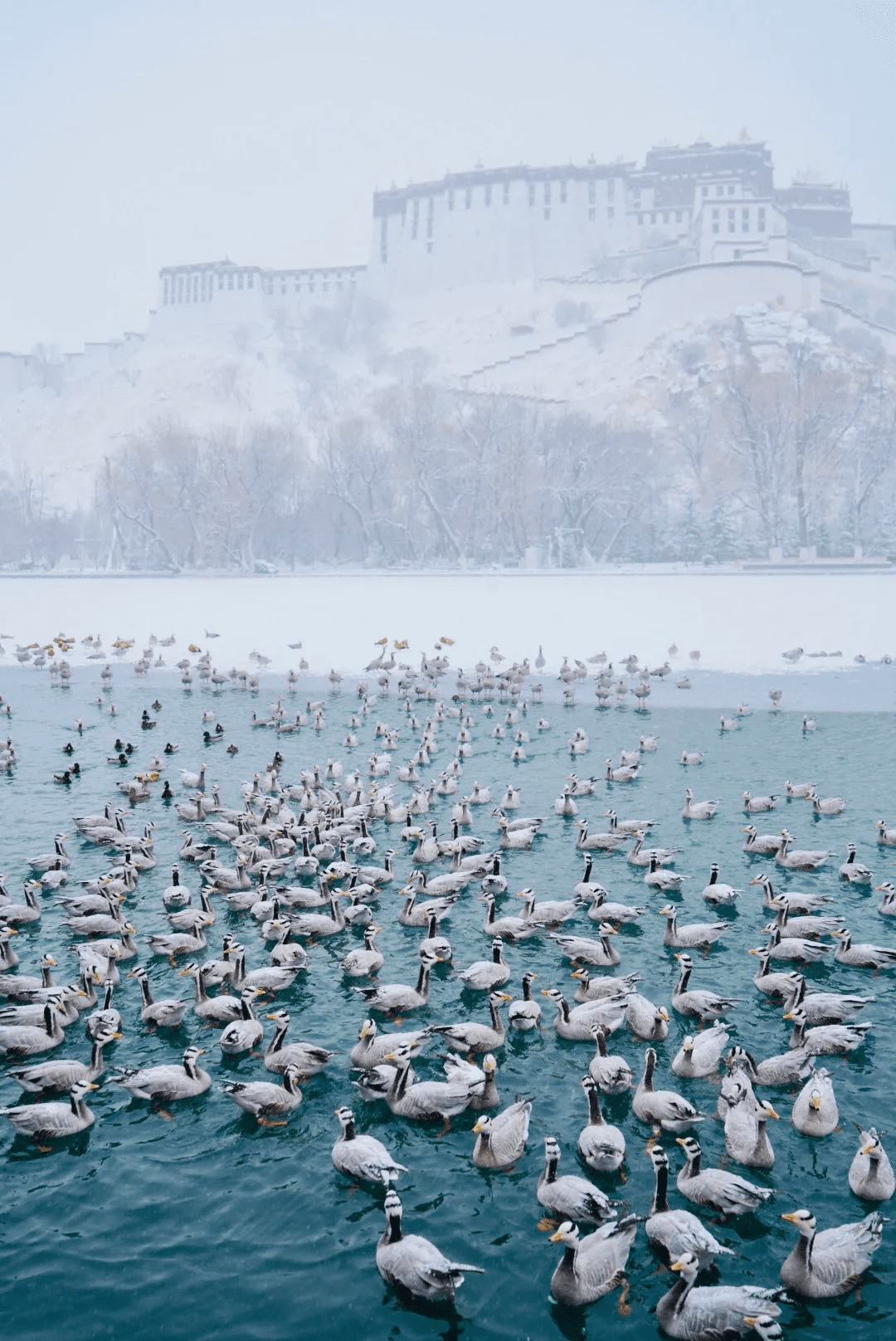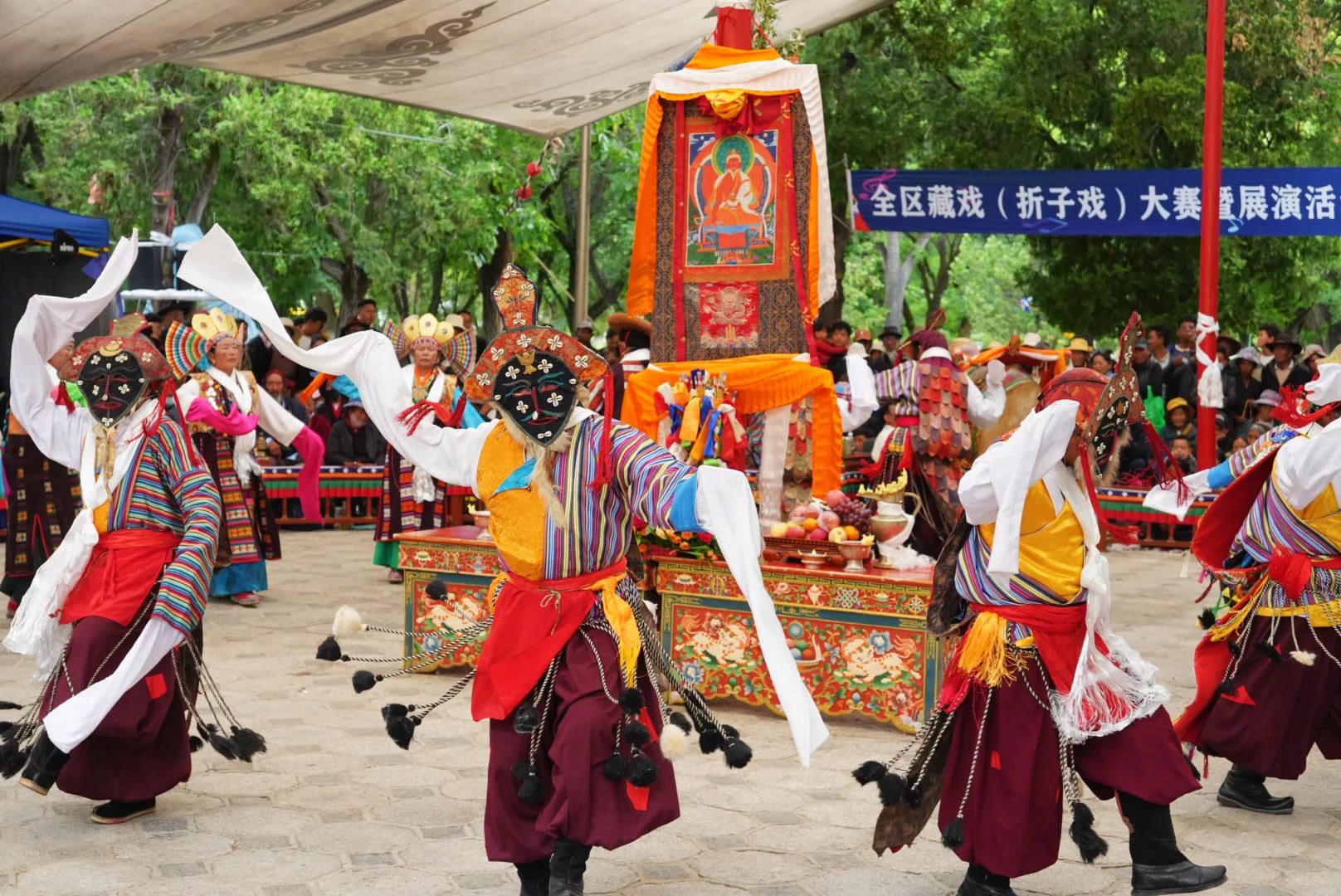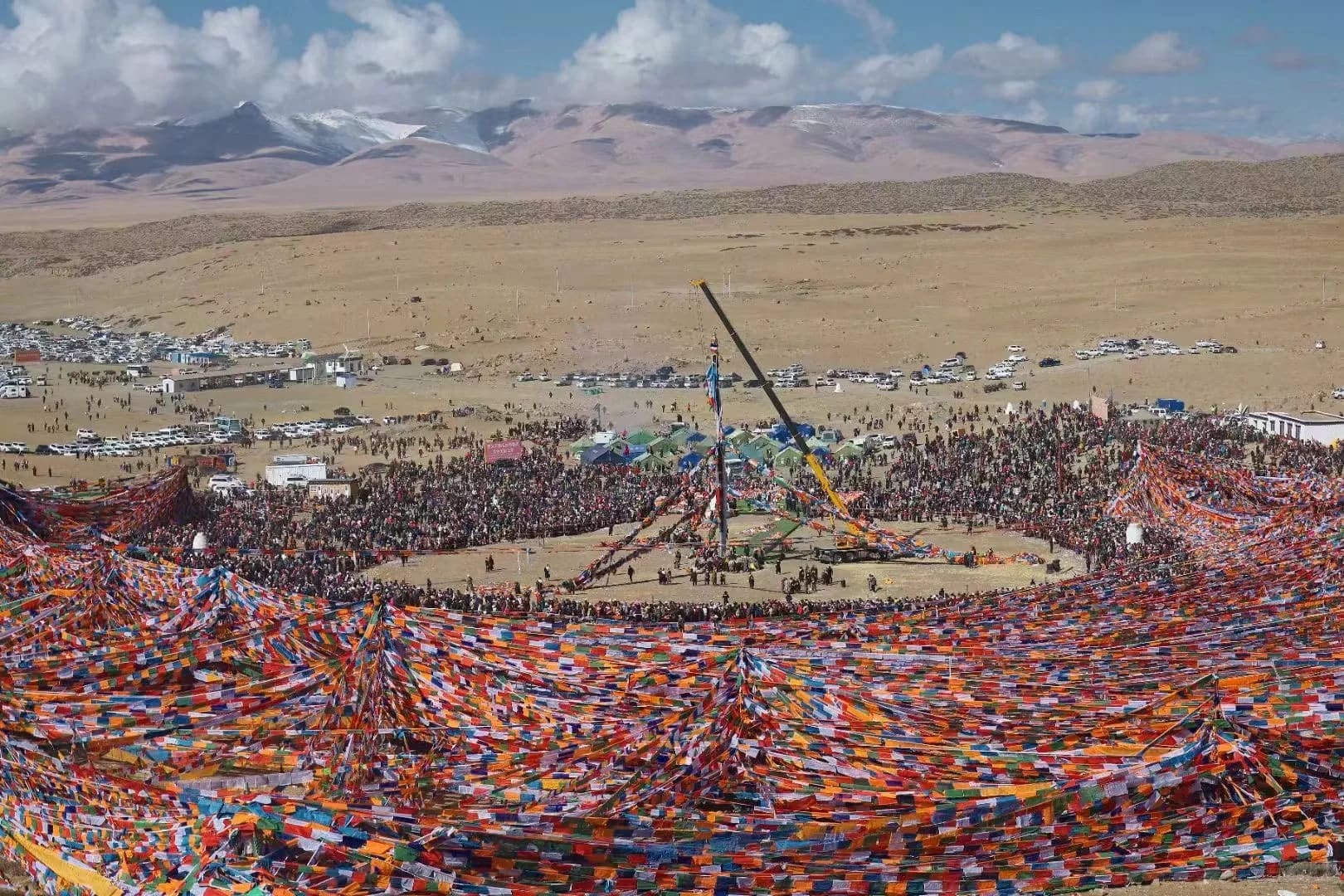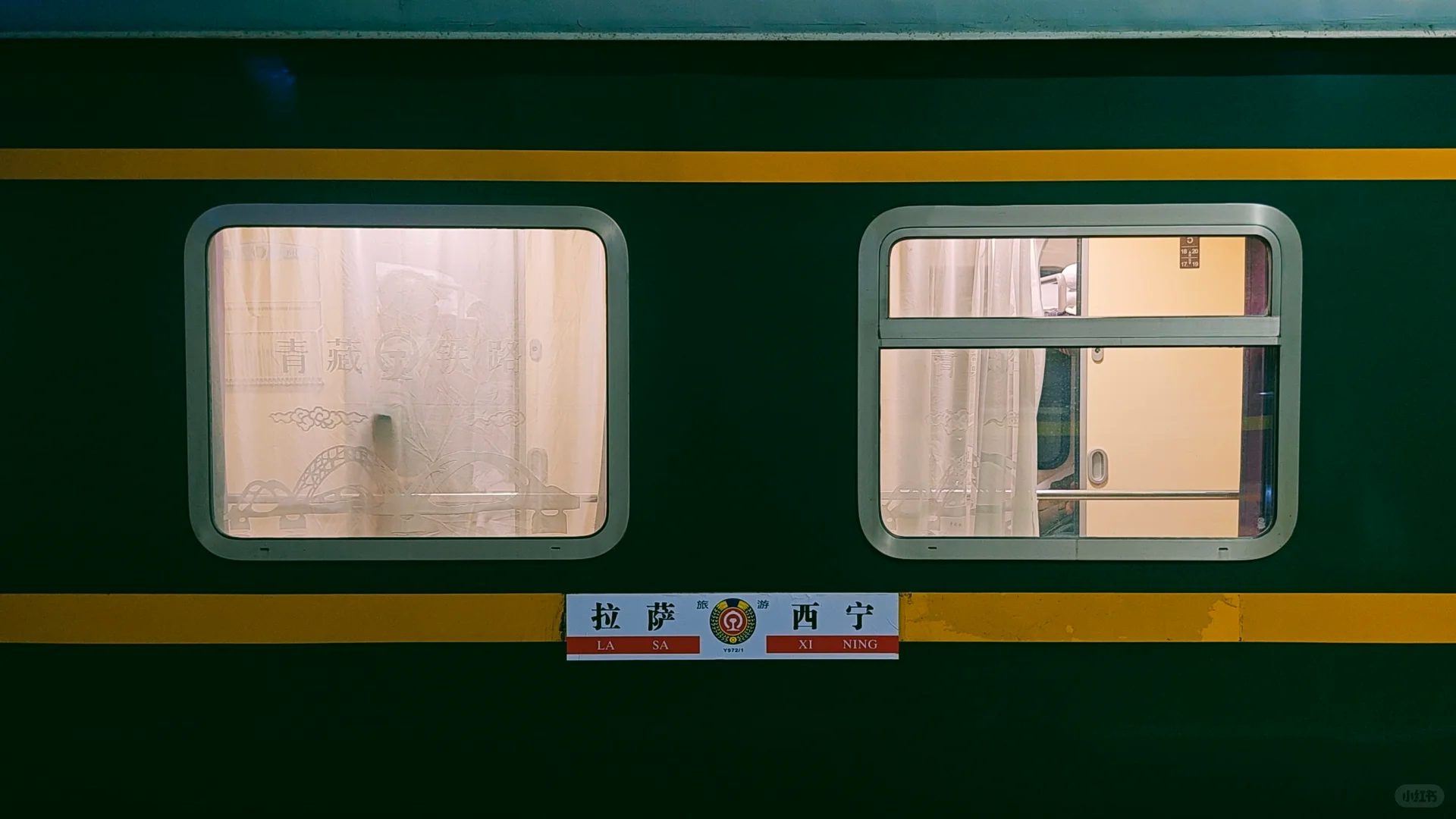Tibet is a place that many people want to visit at least once in their lives.
The majestic snow-capped mountains, blue skies, pristine lakes and ancient Tibetan culture are both mesmerizing and awe-inspiring.
However, because of its location on the high plateau, the climate and environment are very different from that of a typical tourist destination. Many first-time travelers ask, "What should I be aware of when I go to Tibet? Will I get altitude sickness? What should I do to prepare?"
This article will bring you a complete understanding of "Things to Know When Traveling to Tibet" from the perspectives of "Best Month to Travel", "Preventing Plateau Sickness", "Dressing Suggestions", "Pre-trip Preparation", "Cultural Etiquette", etc., and will help you to complete the journey of your life with peace of mind and enjoyment in the snowy plateau.
When is the best time to visit Tibet? -The Best Months to Travel

April-May|Early spring warmth. Peach Blossom
In the spring of Tibet, everything wakes up, and the peach blossom season in Linzhi is the most spectacular, with a sea of pink and white flowers reflecting the snow-capped mountains and the blue sky, making it a paradise for photographers. After the peach blossom season, wildflowers bloom one after another in the valleys, and places such as Ali and Sichuan-Tibet Route 318 gradually warm up, so you can avoid the Labor Day by playing in the spring.
June-August|Summer Highlands. Green
This is the hottest tourist season in Tibet, with temperatures in Lhasa and Linzhi and even on the Everest Base Camp, high oxygen levels in the air and green grasslands. The annual Snowdon Festival is held in August, with Tibetan opera, thangka exhibitions and folklore festivals taking place. There are occasional short rain showers in the afternoon, so it is recommended to bring a light jacket and rain gear.
🍂 September-October|Autumn Lights. Cool & Comfortable
Autumn is the best season for photographing snow-capped mountains and lakes because of its stable climate and clear air. The grasslands of [Nagqu] and [Rikaze] turn golden, and the maples in the valleys of [Linzhi] are as red as a picture, making it suitable for self-driving and photography trips. There is a slight time difference in climate across the plateau, and some areas can still see autumn colors in November.
❄️ November-March|Winter Lhasa. Sunshine is like gold
In winter, the sun is bright, the sky is clear, and the Potala Palace is magnificent under the white snow. This is the off-season for traveling, with fewer tourists and favorable prices, which makes it suitable for strolling along the Barkhor Street and experiencing the atmosphere of pilgrimage. As long as you keep warm and avoid low temperatures in the morning and evening, you can enjoy the purest snowy sunshine. There is even a special glacier view you can enjoy!
What to do about altitude sickness? -Understanding and prevention are most important
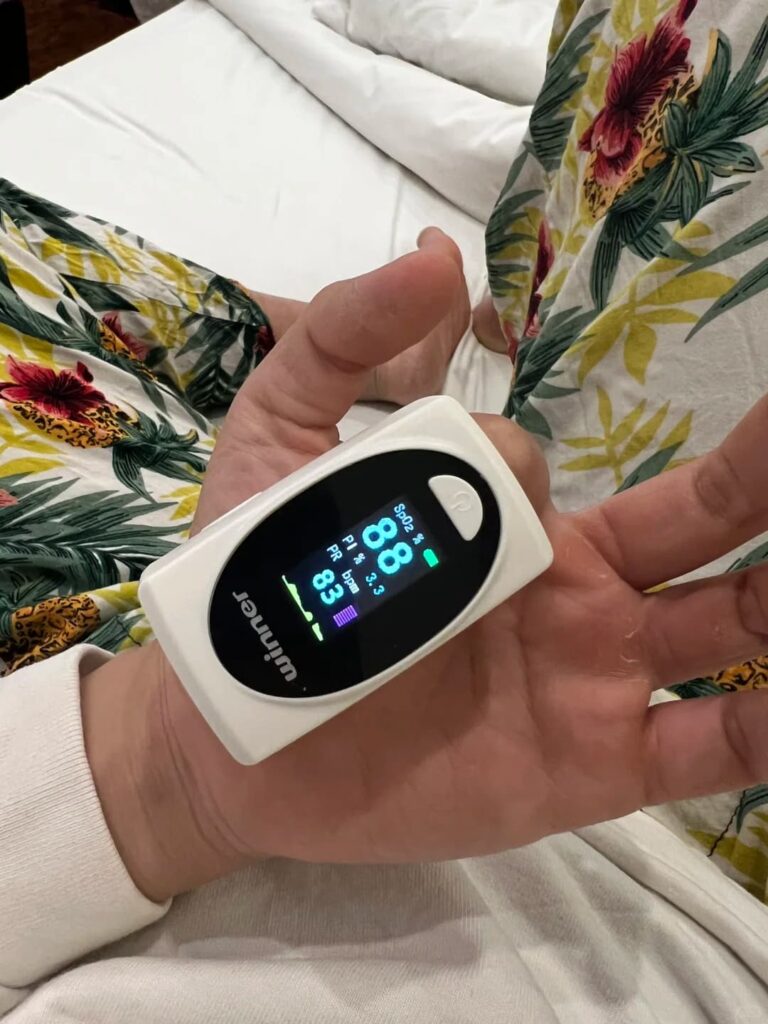
What's that?Altitude Sickness?
Altitude Sickness is a physiological response to thin air and low oxygen levels.
Common symptoms include headaches, insomnia, chest tightness, loss of appetite, shortness of breath or fatigue.
Not everyone has seizures, but almost everyone takes time to adjust.
How to prevent altitude sickness?
- Early Maintenance: Take a Rhodiola Rosea capsule 1-2 weeks before your trip to improve your oxygen tolerance.
- Rest in the early stages of arrivalsAvoid strenuous activities and hot showers when you first arrive in Lhasa or Shigatse.
- Drink more water and less alcohol: Hydration promotes blood circulation, but alcohol exacerbates oxygen deprivation.
- Avoid overfilling and overeating: The digestive burden makes the body more prone to fatigue.
- Carrying Oxygen Cylinder: Oxygen may be used temporarily to relieve any minor discomfort.
What happens if symptoms occur?
- Stop the activity immediately, rest and hydrate.
- If dizziness is severe, you may take oxygen or danshen drops.
- If deterioration persists (chest tightness, severe headache), evacuate to a lower altitude or seek medical attention.
Remember: Altitude sickness is not a disease, but an adjustment process. Slow down and stay calm.
Tibet pre-trip preparation: equipment and health should be ready
Medical and Health Preparedness
A health checkup is recommended before the trip. If you have heart disease, high blood pressure, asthma, etc., consult your doctor.
You can bring your regular medicines: cold medicine, painkillers, gastrointestinal medicine, motion sickness medicine, high altitude medicine and so on.
Essential Items List
- Sunscreen: Sunscreen (SPF50+), sunglasses, sun hat.
- Warm clothing: thin down jacket, long-sleeved underwear, brushed jacket, scarf.
- Daily necessities: Wet wipes, dry cleaning towels, water bottle, mobile power supply.
- Personal Documents: Identity Card, Letter of Admission, Health Declaration (if required).
- Snack: High-calorie chocolate or nuts for energy.
What to wear in Tibet? -Seasonal and Climate Suggestions
Tibet has a highland continental climate.Extremely large temperature difference between day and nightIn the summer, even though the days are hot, the nights can be close to zero.
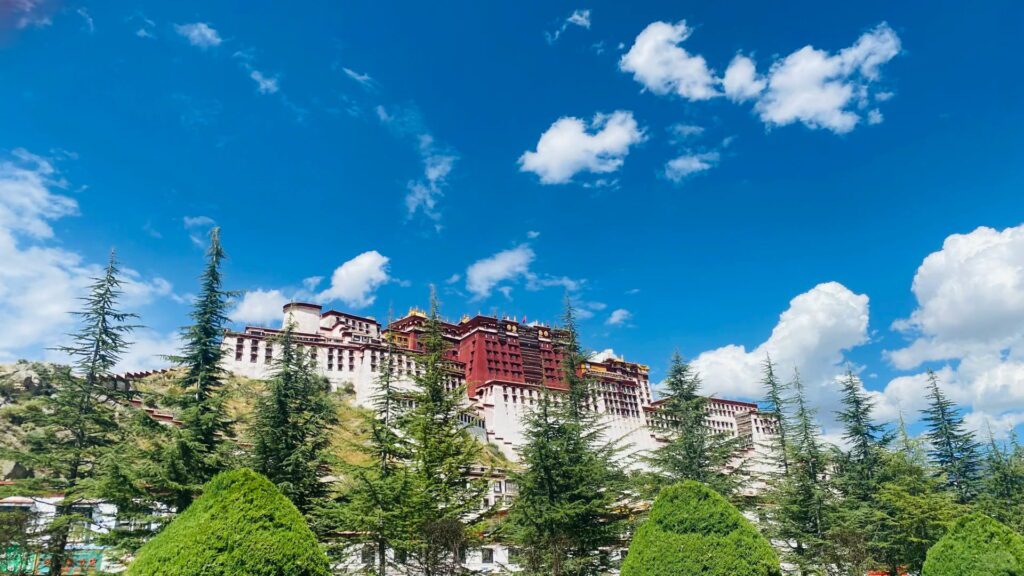
Spring and fall (March-May/September-October):
Wear a long-sleeved T-shirt + jacket during the day and a down jacket or warm outer layer at night.
Hiking shoes or non-slip shoes are most practical.
Summer (June-August):
Temperatures range from 15 to 25°C. Wear short sleeves and a light jacket.
Rain showers are common in the afternoon, so remember to bring a raincoat or waterproof jacket.
Winter (November-February):
Temperatures may drop below zero, so layer up:
Warm inner layer + brushed sweater in the middle + windproof jacket on the outside.
Remember that gloves, hats, and warm socks are not to be missed.

Tibet travel notes: do not let the body too quickly "change gas"!
Many people have heard the phrase "no bathing in Tibet". In fact, it is not forbidden, but when you arrive at the plateau, the human body has not yet adapted to the oxygen concentration, and taking a hot bath will easily lead to rapid blood circulation and dizziness or chest tightness.
It is therefore recommended:
- For the first two days after your arrival, you should mainly take a shower or use wet wipes to clean yourself;
- Maintain ventilation and control the water temperature when bathing; (do not lack oxygen)
- Dry off and dress warmly immediately after washing to avoid catching cold.
For accommodation, it is recommended to choose hotels with oxygen supply facilities and good insulation. At night, the temperature is low, so you can turn on a micro-heater or use a warm bag to keep warm.
Tibet Transportation and Travel Arrangements: Slow Down the Pace
How to enter Tibet?
airplane:
The most common way and recommended to prioritize the choices Direct flight to Linzhi Into Tibet.
Linzhi Airport is located at an altitude of about 2,949 metersThe air is more oxygenated at low altitude, which can effectively reduce the discomfort of entering the plateau.
In comparison, the altitude of the [Lhasa] Gonggar Airport is approximately 3,570 metersThe airport is located in the center of the city, and it is also possible to get a good rest, although the altitude of the airport in [Rikaze] is 3,782 metersHowever, the average altitude of Rikaze itself is relatively high (4,000 meters or more), which is a greater physical burden for first-time travelers to Tibet. Generally speaking, airports with high altitude, such as Rikaze, will not be recommended (the same applies to Daocheng Yading).
Therefore, if the trip is allowed, theEnter Tibet from Linzhi, followed by Lhasa. It is the ideal and comfortable choice for the body to gradually adapt to the high altitude environment!
Qinghai-Tibet Railway ->:
Many people think that railroads allow the body to "slowly adapt" to the plateau, but in fact, the altitude gain from Xining to Tibet is still quite rapid, coupled with the closed compartments and uncomfortable lying down for a long period of time, which can easily cause discomfort to foreign travelers (or Hong Kong, Macao, and Taiwan) as well as those with sensitive physiques, so it is not recommended that people who are going to Tibet for the first time or who are taking a sleeper train for the first time use it.
Sichuan-Tibet Route 318:
If you want to experience the spectacular highland highway scenery, take the [Sichuan-Tibet Route 318 National Highway] is the most classic route into Tibet.
Along the way, you can pass through [Kangding], [Litang], [Inaccessible], [Bashongwu] and other places, the scenery is magnificent and varied, and can be gradually adapted to from the low altitude.
However, the road is long and curvy, so we recommend hiring a professional highland driver and choosing a travel agency that specializes in Tibet tours like ours.
Trip Planning Suggestion
🚗 Recommended Extended Trips
Want to experience more of Tibet? These three popular itineraries combine nature, scenery and a comfortable rhythm, allowing you to explore the plateau with ease.
The low altitude from Linzhi into Tibet, along the way, sufficient oxygen, mild climate, the most suitable for those who are worried about strong plateau reaction. And will not go to the Everest Base Camp and can experience the cultural scenery of Tibet and Lhasa.
Suitable for travelers who don't have a long time but want to experience the scenery of Tibet first, and want to see how well they can adapt to the plateau.
The peach blossom season in Linzhi from March to April is the most romantic season in Tibet. This is the most romantic season in Tibet. It is suitable for travelers who want to enjoy the high concentration of oxygen and the special blooming season.
Driving and road conditions
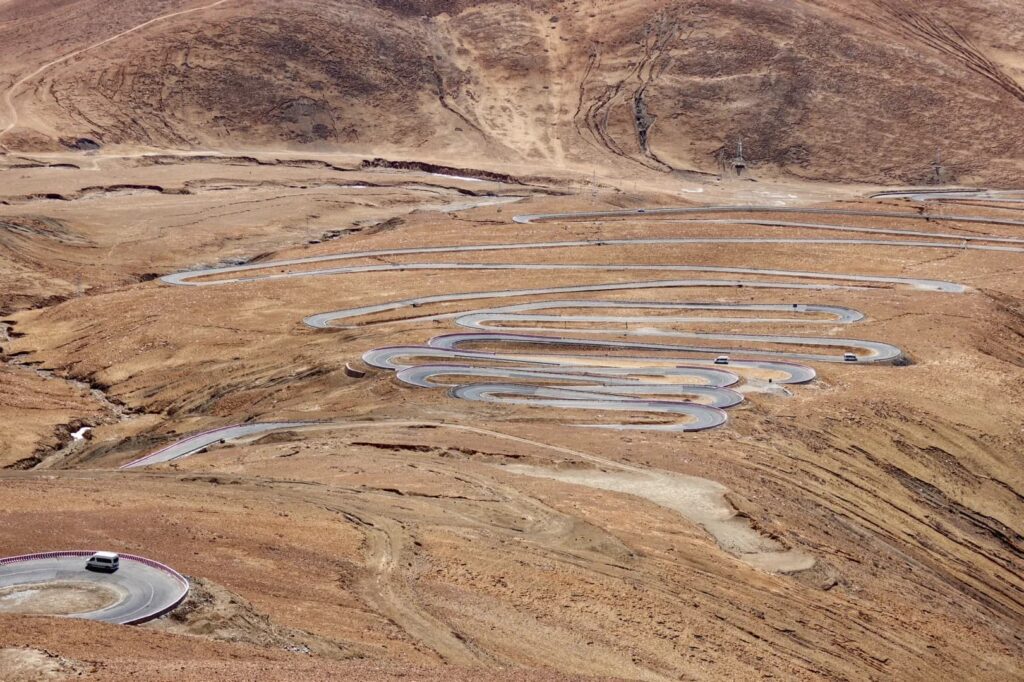
Tibet has many mountainous roads, large altitude differences, and long travel times, so be sure to prepare motion sickness medication and a neck pillow.
We have prepared the newest vehicles that can effectively reduce motion sickness and ride discomfort.
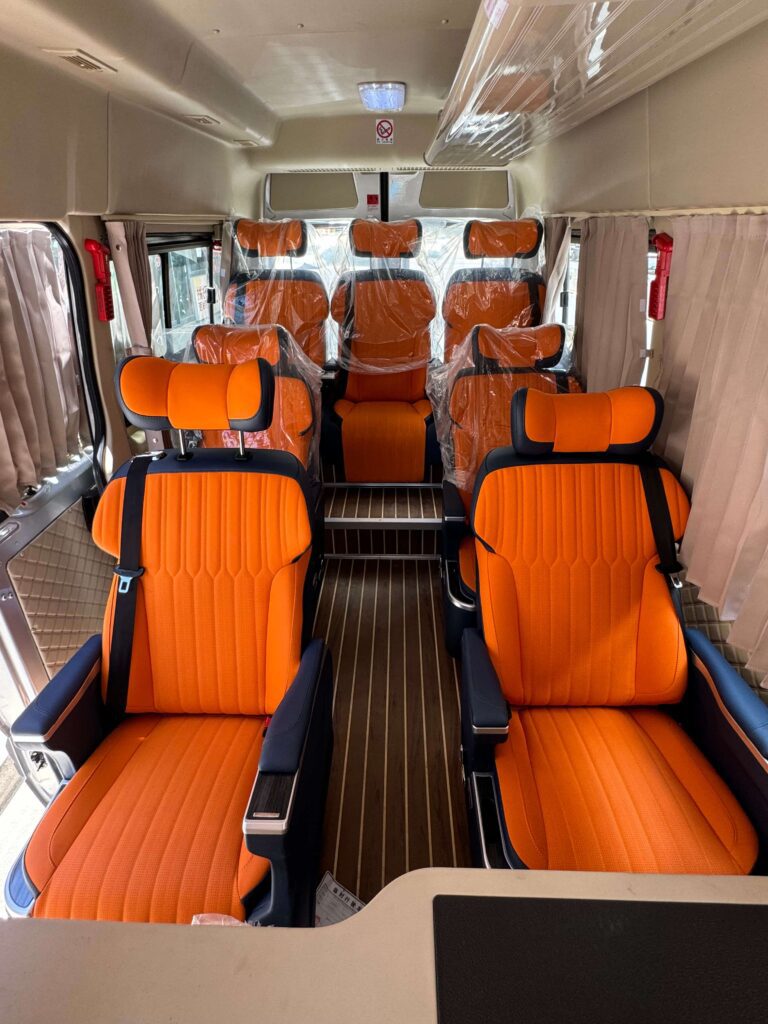
Tibetan Cultural Etiquette: Respecting Local Beliefs is a Traveler's Manner
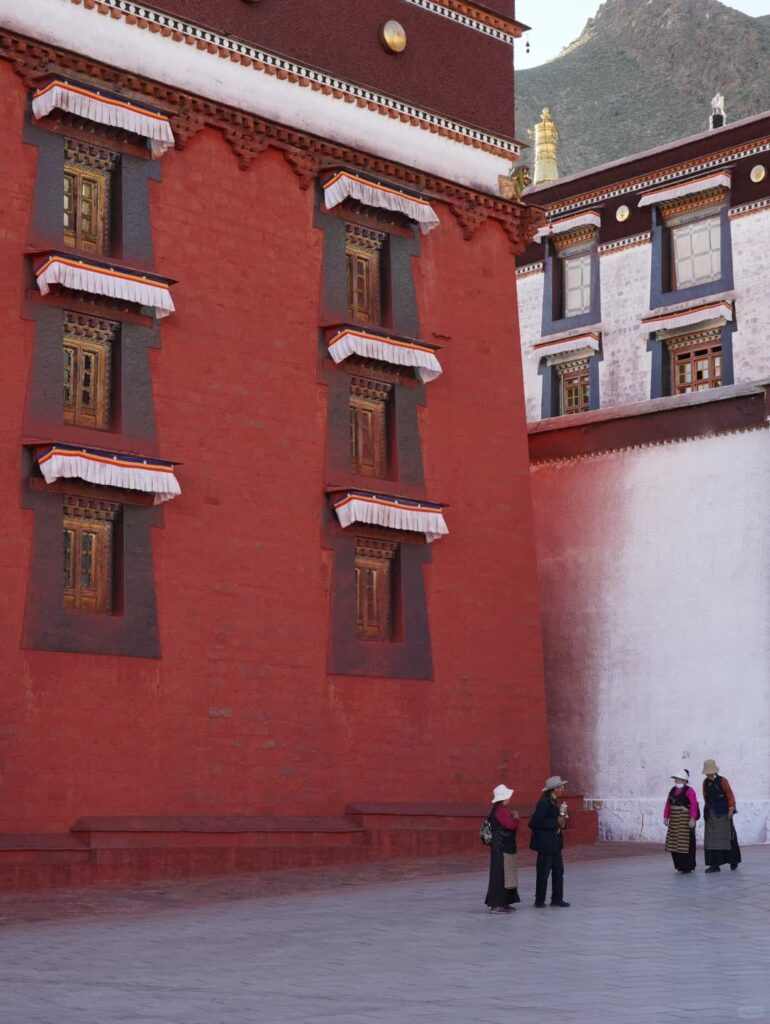
Basic etiquette for entering a temple
- Hats and sunglasses must be removed to enter the temple; no skirts are allowed.
- No photography of Buddha statues; (some temples are allowed to be photographed, please refer to local announcements)
- You should walk in a clockwise direction while transiting; some sects walk counterclockwise, so please consult your tour guide.
- Do not touch the monks and the Buddha's utensils at will.
Notes on Interaction with Tibetan Friends
- Not to touch the head of another person (which symbolizes the soul in Tibetan culture);
- The Hatha is to be received with both hands respectfully;
- If you are invited in, take off your hat and smile.
Beliefs and Taboos
- Respect the taboos of slaughtering and eating;
- Do not shout or joke at religious events;
- Ask for permission before taking photos.
Diet in Tibet: Resting or Adapting to the Plateau
Tibetan food tastes salty and oily, and first-timers are advised to eat less oily or spicy food.
Common dishes such as tsampa, ghee tea, and dried yak meat can be tried in moderation.
If you are prone to gastrointestinal discomfort, bring your own probiotics and gastrointestinal medicine.
Drinking water should be bottled or boiled. Avoid drinking raw water directly.
If you are worried, there are many dishes in the Tibetan diet that can be eaten by Han Chinese, or you can eat some light noodles or Minnan cuisine.
There are even McDonald's and KFC in Lhasa and Rikaze!

Cell Phone Network and Tibet Entry Procedures
- CommunicationsThe network is smooth in cities like Lhasa and Rikaze, while the signal is weak in remote areas.
- Voltage: Tibet in line with Mainland China, 220V;
- admission letterForeign travelers or Taiwan compatriots need to be assisted by a travel agency to enter Tibet (please contact CITS for details).
X. Travel Safety and Insurance Recommendations
- It is recommended to purchase a travel insurance policy that includes "Highland Area Medical" coverage;
- Follow the tour guide's arrangement during the trip and do not leave the group alone;
- The mountainous areas are volatile and it is safest to follow local instructions in case of sudden changes in the weather.
"Tibet is not just a travel destination, but also a spiritual and physical retreat.
When you walk in the sunshine of Lhasa, watching the crowd of pious people, listening to the sound of chanting in the distance, you will deeply feel the reverence and calm.
Preparing well before departure is to make the journey easier; slowing down after arrival is to let the mind be truly cleansed by this snowy plateau."

